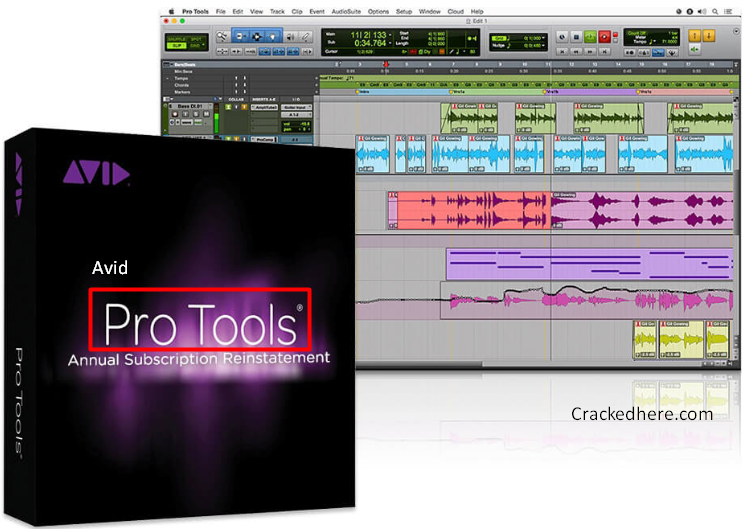

Whether your audio interface is entry-level or more advanced, it’s a good idea to take a few minutes and name all of your inputs and outputs in the Pro Tools I/O Setup window. While not often used in standalone music production, Spot Mode is particularly useful when you need to sync audio with video and exact timestamps. Spot Mode (shortcut key: F3), the least popular mode, is useful when you want to place clips or regions at specific locations.
PRO TOOLS MAC FREE
Grid Mode operates a lot like it sounds - you are free to make edits with the various edit tools, but each edit will snap to a grid that’s based on the beat division you’ve set up. Grid Mode (shortcut key: F4), which is similar to Slip Mode, is ideal if you are working with programmed arrangements and/or strict metronome-based timing. It’s the easiest mode to use for editing vocals and most instruments. Then you can use tools like the Trim tool to adjust the boundaries of your new and pre-existing clip. Want to drop a region on top of another region? No problem. With Slip Mode, all regions can be edited and moved around independent of one another. Slip Mode (shortcut key: F2) is often the default mode for most Pro Tools editors. This can be useful for building loops so you can quickly move elements of your beat around. For example, if you move a region in front of an existing region, the pre-existing region will be moved to make room for the new region you are placing. In Shuffle Mode (shortcut key: F1), your audio region will always snap to either the beginning of your session or to the beginning or end of another region.
PRO TOOLS MAC HOW TO
Windows: Right-click the Transport record button Edit Mode Shortcutsīeginners and experts alike should know how to quickly shift between the four edit modes in Pro Tools - Shuffle, Slip, Spot, and Grid. Mac: Control + click on the Transport record button To quickly switch the record mode, simply use the combination: While most people will use non-destructive the majority of the time, you are likely to find the other modes useful as you work your way through a session, particularly loop and quickpunch. They pretty much function just like they sound. Pro Tools offers several record modes, including non-destructive, destructive, quickpunch, and loop. Windows: Control + Alt + click Record Enable on any track Mac: Command + Option + click Record Enable on any track While Pro Tools does not do destructive recording by default, it can be a logistical nightmare to sift through multiple files to find the take that you want to work from after you’ve accidentally recorded over it. This is especially useful during tracking sessions that have a lot of moving pieces the last thing you want to do is accidentally record over the perfect take and not realize it until much later. Enabling any track in Record Safe mode will prevent that track from being set to Record Enable by mistake. There’s a handy feature in Pro Tools called Record Safe mode.

You should now have blinking Record Enable buttons on the selected tracks.
PRO TOOLS MAC MAC
Shift + Option + click Record Enable on one of the tracks in that group on Mac (or Shift + Alt + click on Windows).Shift + click to select the desired tracks.Windows: Alt + click Record Enable Button on literally any track Mac: Option + click Record Enable Button on literally any track The Record Enable button will blink red when it is enabled. Record enable one track: As you probably already know, simply click the dark red Record Enable button in either the Mix or Edit window. Windows: Control + N Record enable a track or tracks

Let’s start with some shortcut combinations to create and record enable tracks. Want to make your Avid Pro Tools experience even more efficient? In this article, we’ll cover some tips for beginners that will help you work faster and keep your sessions better organized.


 0 kommentar(er)
0 kommentar(er)
